The new range of Triumph Tiger 1200 motorcycles are the best yet. We went to Shimla to get a first-hand experience
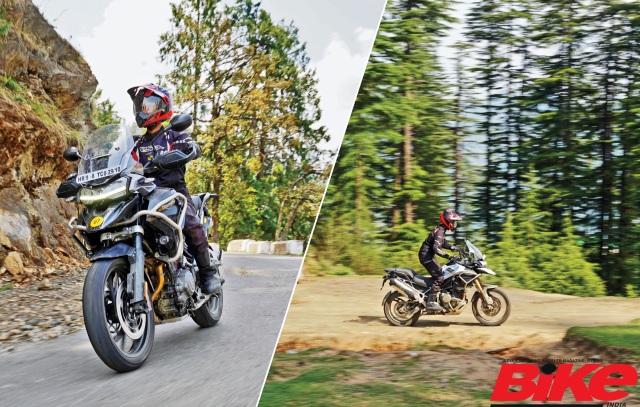
Story: Joshua Varghese
Photography: Apurva Ambep
Exploration is as old as civilization and, even today, there is something that resonates equally among each of us as we embark on a journey to see new places. As motorcyclists, travelling is extra special for us when it is done astride a motorcycle. The Tiger 1200 is Triumph’s take on such a machine that can circumnavigate the globe effortlessly and look good while at it. We were invited to Shimla to test-ride the latest iteration of this flagship and Triumph had even organised specially curated experiences of the GT Pro and Rally Pro models.
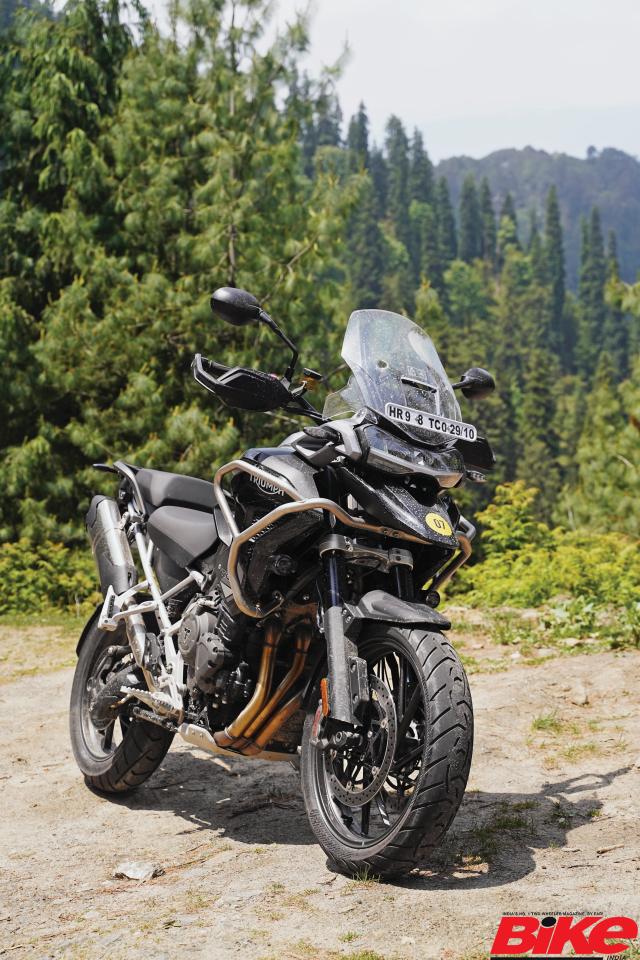
GT Pro 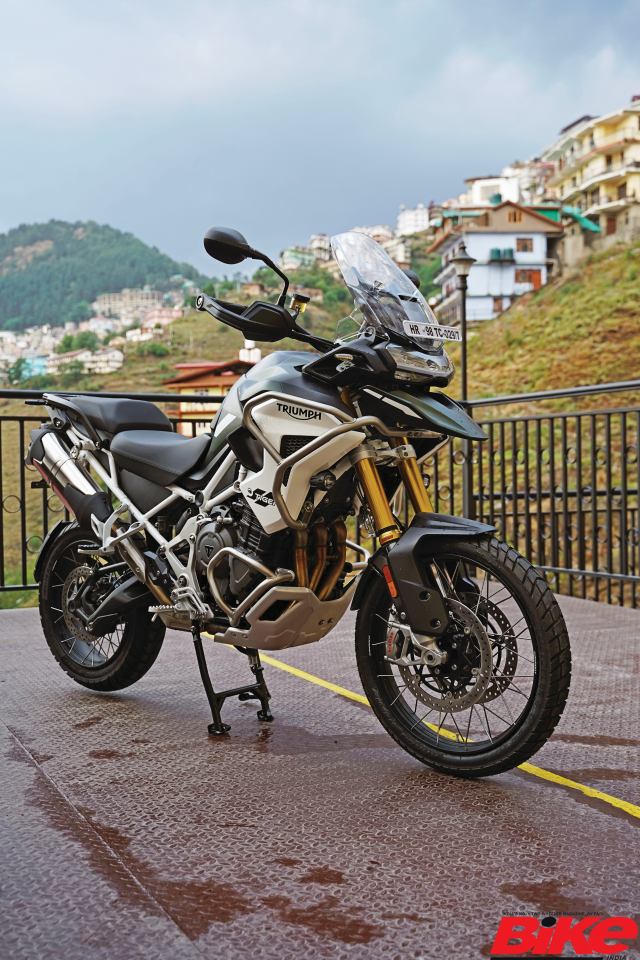
Rally Pro 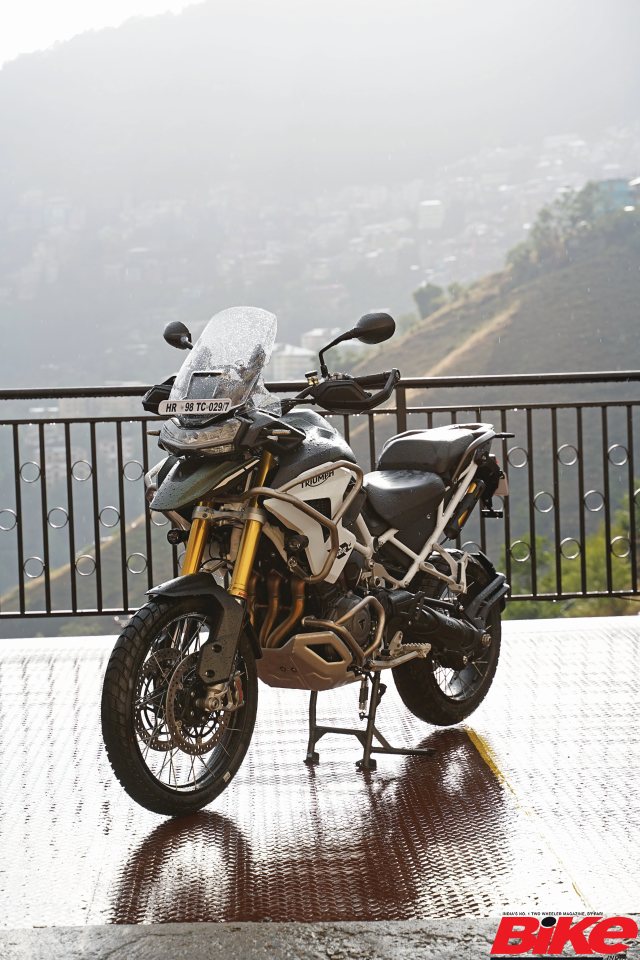
Rally Pro
The new Tiger 1200 boasts of many features that make it an evolution in every sense but the change in design is relatively subtle. Minimal bodywork with maximum exposure of the engine and chassis has been a familiar design language for the big Tigers for a while now and Triumph have decided to continue with that formula. The only bodywork on the motorcycle comprises dual-tone panels that lead the visual line from the reworked headlamp all the way to the motorcycle’s 20-litre fuel-tank. Although it continues to look massive, the new Tiger’s styling is significantly leaner and somehow more aggressive than that of its predecessor. I believe that part of this aggression is derived from the new LED headlamp. A sleek and modern unit replaces the older bulbous one and it goes well with the motorcycle’s new look. The bikes we rode were also equipped with crash-guards around the bodywork and the engine, giving them a go-anywhere-and-everywhere stance.
The engine is a stressed member and the subframe is a bolt-on unit to aid ease of replacement. In the GT Pro variant, the colour of both the frame and subframe blends well with the black finish of the engine while the same are painted in a contrasting white colour in the Rally Pro models. The bare tail has become a trademark of the Tiger and that trend continues here as well. However, the lower half showcases one of the biggest structural changes in the new motorcycle. The single-sided swing-arm has been replaced with a new aluminium unit which Triumph call “Tri-Link”. They claim that this set-up is up to 1.5 kilograms lighter than its predecessor and also incorporates a lighter shaft drive and bevel gear system.
The wheels form a key visual difference between the GT and Rally models. The GT Pro uses 18- and 19-inch alloy wheels while the Rally Pro is equipped with an 18- and 21-inch spoke wheel set-up along with tubeless tyres. Both GT Pro and Rally Pro are offered with 20-litre fuel-tanks as standard but should one need more range, Triumph have that covered as well with the Explorer variants. These motorcycles are significantly larger than the Pro series thanks to their large 30-litre fuel-tanks. Furthermore, they also feature more electronic equipment. More on that later.
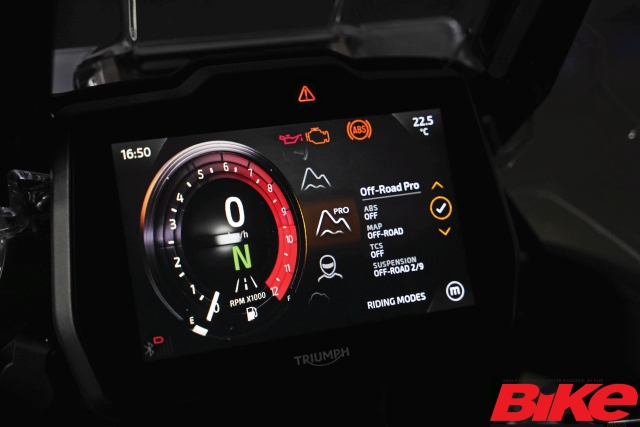
Riding modes 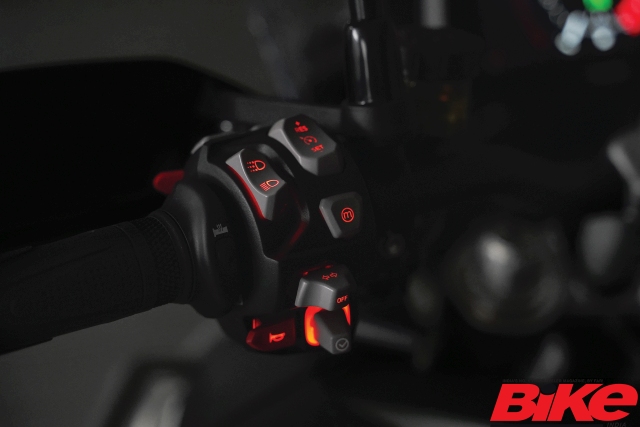
Backlit switchgear 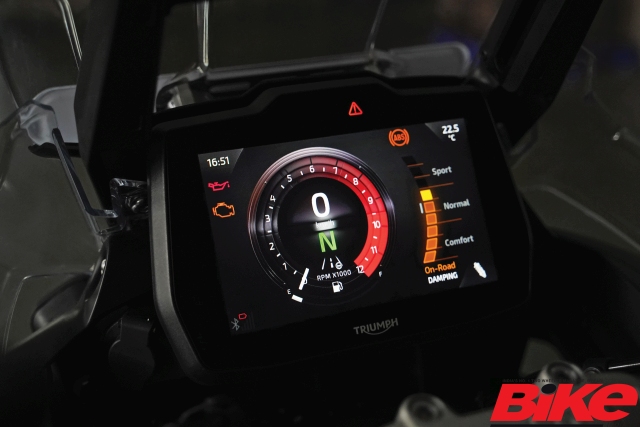
Electronic suspension damping
The instrument cluster on the Tiger 1200 is a familiar seven-inch colour TFT screen that offers Triumph’s familiar layout and a myriad of options, including the My Triumph connectivity system. The layout is easy to read and the joystick on the left-hand side of the handlebar makes toggling through the menus a simple affair, though there is a noticeable lag at times. Hill hold, cruise control, suspension damping, riding modes, cornering traction control, and keyless functionality are among the list of features offered as standard. Furthermore, the Explorer variants also get the Triumph Blind Spot Radar System developed in partnership with Continental. Unfortunately, we did not get to ride any of the Explorer models this time.
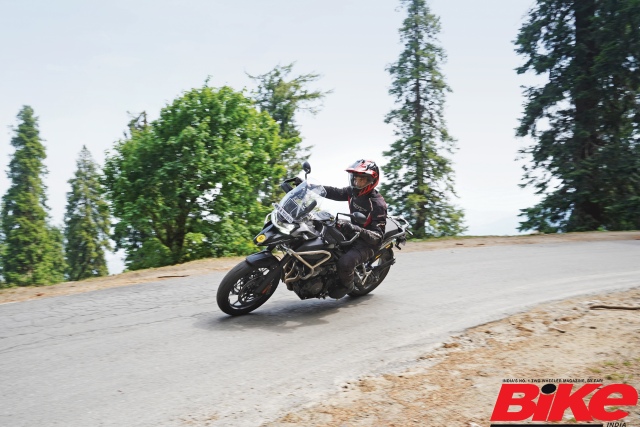
Our experience began with the road-biased GT Pro and before we set off along the Shimla-Narkhanda route, a few things were immediately evident. With a saddle height of 850 millimetres, it is the most accessible motorcycle of the lot and this height can be dropped by an additional 20 mm with the low-seat accessory. The seat itself is well-padded to support long hours on the road. The wide base offers reasonable comfort and the taper towards the fuel-tank makes flat-footing easy for most riders taller than 5’ 10”. However, in spite of losing roughly 25 kg as compared to the previous-generation Tiger, this motorcycle still weighs a formidable 245 kg.
Although Triumph claim that the centre of gravity is lower, the way the weight is distributed demands a considerable amount of strength to move the motorcycle around. Thankfully, the need for such muscle evaporates once the motorcycle is in motion. The foot-pegs are just right—neither too far forward nor behind—and the wide handlebars complete a relaxed rider triangle that also offers phenomenal leverage at the bars and improved manoeuvrability. Furthermore, low seating and windscreen work well to offer great wind protection. Big engines like this one are naturally prone to producing significant heat and Triumph have done a commendable job of deflecting it away from the rider; to such an extent that there was never an instance throughout the day when I was bothered by the heat.
A new 1,160-cc, liquid-cooled, triple-cylinder engine is the heart of this new Tiger. It dishes out a whopping 150 hp at 9,000 rpm and a peak torque of 130 Nm at 7,000 rpm while being mated to a well-spaced six-speed transmission. The biggest change in this engine is the use of a “T-plane” crank which we first saw in the Tiger 900. This new crank arrangement in tandem with an uneven 1-3-2 firing order results in two short gaps between the first two power pulses and a long gap before the third one arrives, giving the engine a different character at low- and mid-range respectively. This new mill comes mated to a six-speed transmission and Triumph offer a quickshifter as an accessory.
Out on the road, a few things become immediately noticeable and they are rather surprising too. The hydraulic clutch is light enough for everyday use and the second thing that was immediately apparent was the Tiger’s newfound nimbleness. In spite of its weight, it was fairly easy to manage once in motion and never seemed to be a handful as I tackled the slow-moving traffic of Shimla town. The relatively compact design and manoeuvrability gave me the confidence to point the Tiger towards wherever gaps emerged and use the engine’s generous torque band and quick throttle response to make rapid overtakes.
To be honest, the tight and twisting road from Shimla to Narkhanda is not what I would have picked to test the Tiger 1200’s capabilities because there was not much room to use anything higher than third gear, but it did showcase how much the handling has improved. Sure, it is no sport bike on stilts but it is no slouch either. With the suspension set up just right and Road mode selected, any reservation I had about the motorcycle’s weight was lost to the wind. The triple now makes an exhilarating soundtrack that screams towards the top of the rev-range and barks aggressively while downshifting, contributing in spades to an already enjoyable experience. The Tiger only waited for me to select a line and flick it on to its side. Then it powered through curve after curve like a locomotive on rails.
It is easy to get carried away when riding a powerful motorcycle on well-paved mountain roads but Triumph have that covered with top-shelf braking componentry. Brembo Stylema monobloc calipers bite into twin discs at the front and the ferocity of braking is precisely regulated by the Magura MC1 radial master cylinder. With the safety net of cornering ABS in place, in most instances I found myself using just one finger to set the pace into a corner.
At this point, I must point out that the Tiger 1200s come equipped with Showa semi-active suspension that features automatic preload along with electronic adjustment. In the softest setting, the ride is plush and mellow; best for bad roads and relaxed riding. In the stiffest setting, the rear of the motorcycle rises significantly, making it ready to turn into a corner at the drop of a hat. Personally, I found the mid setting offers the best compromise—a healthy mix of stability and comfort. On the twisty roads of Shimla, Road mode, the grip generated by the Metzeler Tourance tyres, and this suspension set-up offered the best dividends in terms of ride experience.
Having enjoyed the luxury of grip on tarmac, it was time to explore terrain where traction was at a premium and the Rally Pro was built for the task. The spoked wheels wrapped with tubeless Metzeler Karoo tyres easily speak about this Tiger’s intentions. If that is not enough, the higher ground clearance and longer-travel suspension settles it. Even at a standstill, it is easy to see that this is the more menacing model between the two but, thankfully, it is not purely off-road-focused.
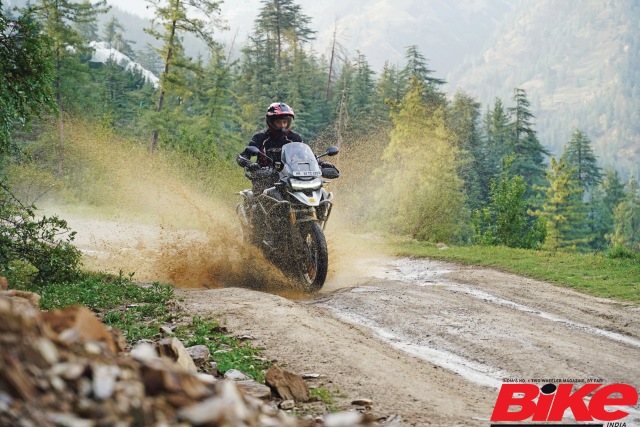
Triumph understand that even Rally Pro owners will spend most of their time on tarmac, so they have retained as much of the road manners as possible while improving the bike’s off-road ability. Its larger wheels and dual-purpose tyres offer slightly lower grip levels and turn-in performance as compared to the GT Pro but there is more than enough potential to make road riding exciting. Weighing 249 kg, this motorcycle is ironically four kilos heavier than the GT Pro. So, it made sense to use as many electronic nannies as possible when we reached the trails.
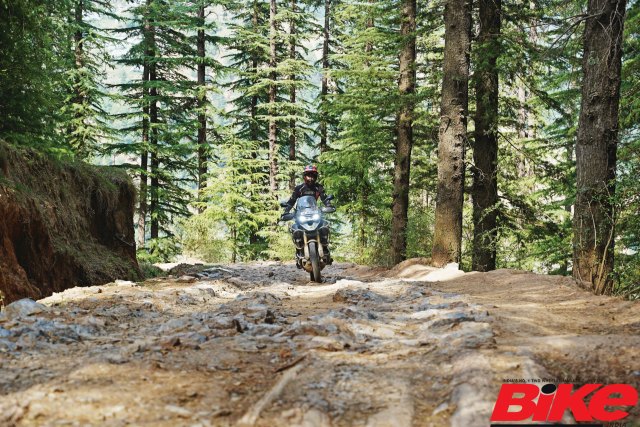
Off-road mode is the easiest way to get to grips with the Rally Pro’s potential and the exclusive Off-road Pro mode unlocks the full suite by switching off a few electronic rider aids. Hill hold is another special feature for the Rally range and rather useful for those tricky incline starts. Riding the trails on a tall, quarter-tonne motorcycle with the traction control off should have been an intimidating experience, but it was not. Even with the traction control off in Off-road Pro mode, the linear fuelling made it easy to play with the throttle and the precise braking feel helped me keep things in check whenever my enthusiasm got the better of me. Minor slides were easily corrected and the Rally Pro never seemed to be out of shape or overly boisterous. Even so, I had one spill on the trail and I am glad to report that the Tiger took the beating gracefully. The robust crash guards saved the motorcycle from any major damage and I was back in the saddle once again, riding as usual.
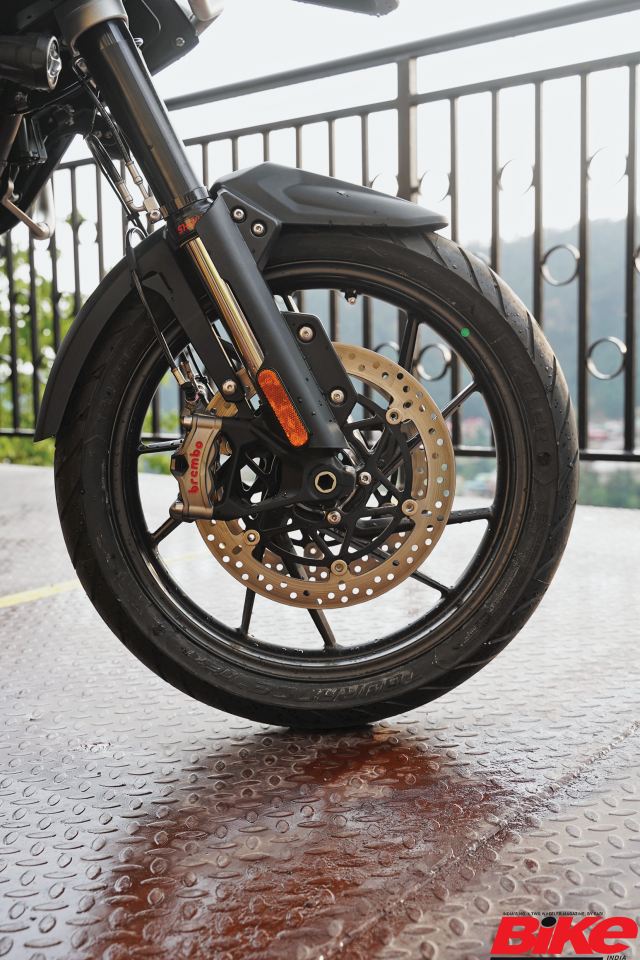
The new Triumph Tiger 1200s are big, heavy, proper ADV motorcycles but behind their intimidating presence is a motorcycling experience that has been simplified for most riders using the marvels of modern engineering. After riding the tight roads and trails of Shimla, I feel I have barely scratched the surface of what exactly this globe-trotter is capable of. While a proper road test is needed to confirm its touring abilities, I can confidently say that this iteration of the Tiger 1200 is the best one yet. A brutal yet sporty mix of outright power, dynamic handling, and supreme comfort, it is an extremely tempting package. That said, the sheer weight of the motorcycle does limit its range of off-road exploration.
Triumph have further sweetened the deal by pricing this motorcycle rather aggressively. The GT Pro is priced at Rs 19.19 lakh and the Rally Pro at Rs 20.19 lakh. Their respective Explorer variants cost an additional Rs 1.50 lakh (all prices ex-showroom). For the kit they offer as standard, these new Tigers are significant value-for-money propositions and the competition have enough reason to be worried. Primarily because these Tigers are messengers of everything modern long-distance exploration should be.
Watch the video of the first ride review here:
Also Read: Suzuki V-Strom SX First Ride Review

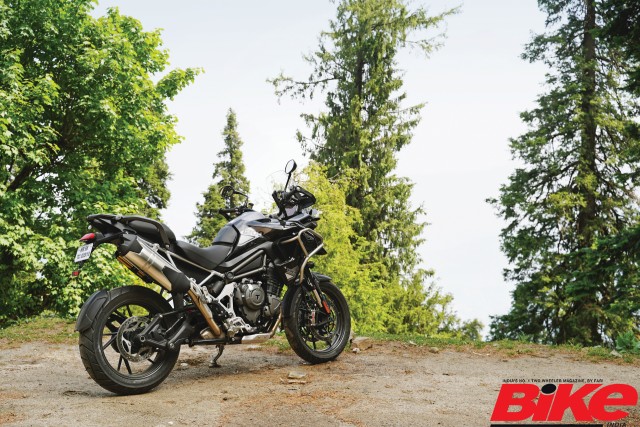
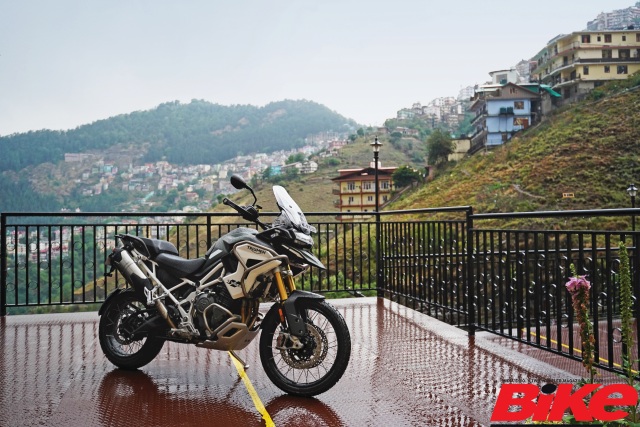
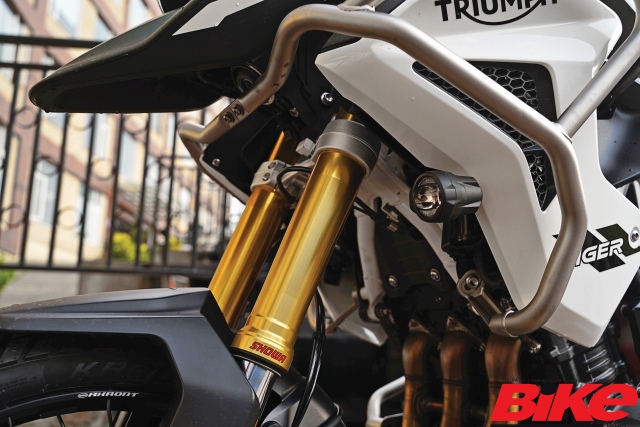
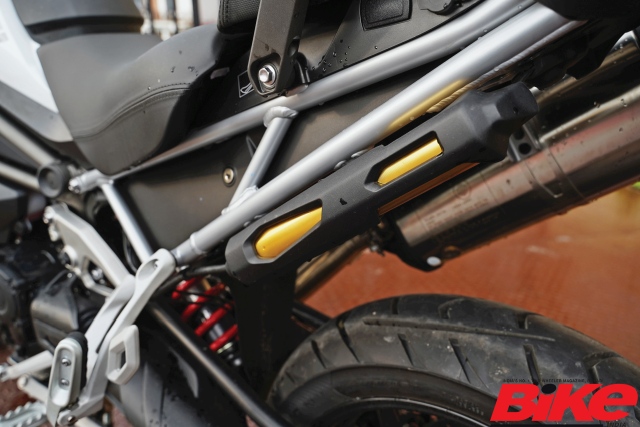
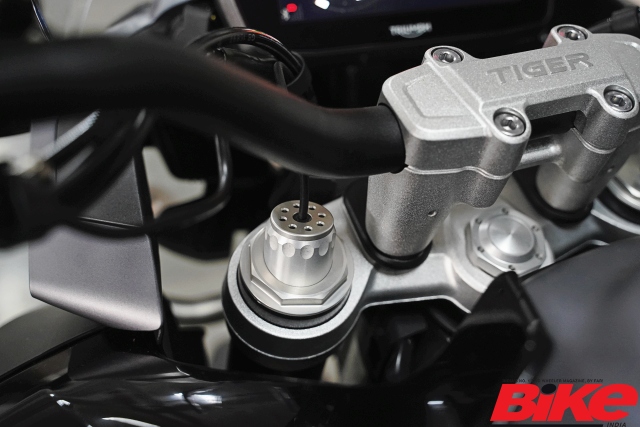

Leave a Reply